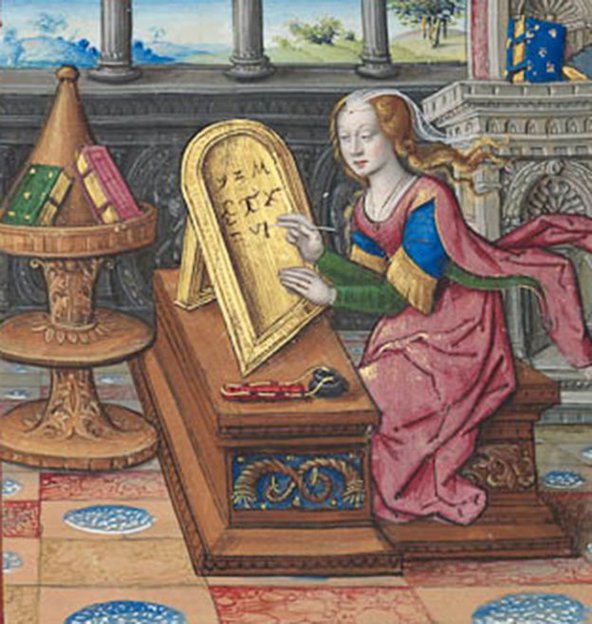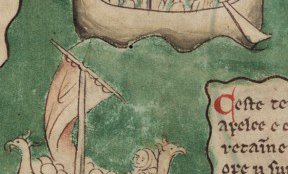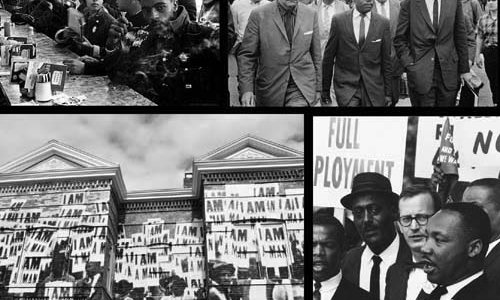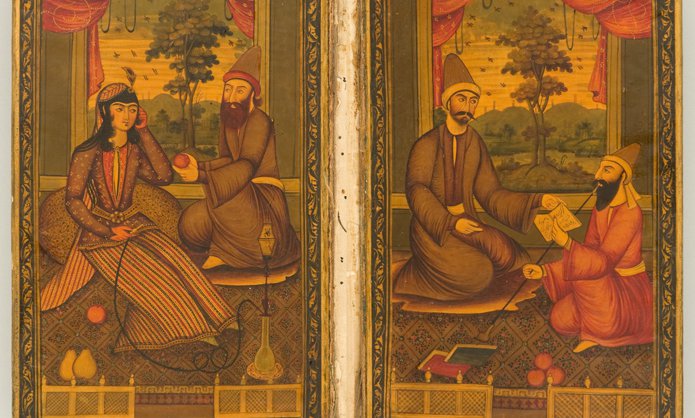Distant and neglected voices: Europe…
by Professor Wendy Ayres-Bennett and Dr Helena Sanson
20 May 2016

Where are all the female linguists? If we look at most histories of linguistics, women are either completely absent or relegated to footnotes. Of the 1,500 entries in the first edition of Harro Stammerjohann’s Lexicon grammaticorum (1996) just twenty are devoted to women, and these are largely restricted to women active in the 19th and 20th centuries. A mere handful of names were added to the second edition (2009). Whilst the canon in other fields has been thoroughly revised, women’s voices in the history of linguistics are still difficult to detect. And the further we go back in time, the more distant they become.
Why is this? Part of the problem lies in how we understand the term ‘linguist’. We need a broad definition of the term, since before the 20th century women were largely excluded from those institutional contexts in which formal grammars or dictionaries were written. That is not to say that there are no female authors of metalinguistic texts. An interesting case is Marguerite Buffet who in 17th-century France wrote a volume of observations on the good usage of French specifically aimed at women (Nouvelles observations sur la langue françoise, 1668). Similarly, in 1740, Johanna Corleva (1698-1752) published a Dutch translation of Port-Royal’s celebrated general and rational grammar. In Portugal, in 1786, Francisca de Chantal Álvares (1745-?) produced a compendium of Portuguese grammar for the use of female pupils who studied in convent schools, the Breve Compendio da Gramatica Portugueza para uso das Meninas que se educaõ no Mosteiro da Vizitaçaõ de Lisboa, at a time when the majority of women did not have access to formal education.
Indeed, even before this, women were the intended dedicatees and recipients of some of the earlier vernacular grammars in Europe. The Gramática de la lengua castellana (1492) by Antonio de Nebrija, the very first printed grammar of a vernacular language in Europe, was, for example, commissioned by Queen Isabella I of Castile and, according to Juan de Valdés, was meant to be of benefit, ‘para las damas de la sereníssima doña Isabel’ (‘for the ladies-in-waiting of Her Very Serene Highness Queen Isabel’). In Italy, a Friulian lady, Maria Savorgnan, may well have been the inspiration for the Venetian humanist Pietro Bembo to compose the Prose della volgar lingua (1525), one of the most influential linguistic and literary texts in the Italian tradition.
Often, however, we need to look in less traditional and even domestic contexts to uncover women’s contribution to the history of language study and codification. Bernhard Maier, for example, observes in the case of Celtic that the study of the languages tended to be closely linked to the male-dominated discipline of comparative philology. Women were nevertheless able to establish close links with those parts of the Celtic-speaking communities, which were not easily accessible to outsiders. Women, then, dominate in the collection of folksongs and are active as teachers, private tutors and organisers of language classes.
Another interesting area is translation. Women’s contribution is not only significant in terms of the circulation of new ideas and the popularisation and dissemination of knowledge, but also because translation was often seen as a means of improving and refining the emerging vernaculars across Europe. The German grammarian, Schottelius, for instance, considers the translation of Du Bartas by Catharine Regina von Greiffenberg (1633-1694) to be excellent, and uses her verse to illustrate a question of German rhyme words. In Italy, in 1722, Descartes’s Principia (1644) were translated into Italian (I principj della filosofia) by the Neapolitan Giuseppa Eleonora Barbapiccola (1702-1740). And the Venetian journalist Elisabetta Caminer Turra (1751-1796) was at the forefront of translating European theatre into Italian, producing ten volumes of translated plays between 1772 and 1776, followed by two more in 1794.
Women’s language was also much discussed by male linguists. In his celebrated Remarks on the French Language, published in 1647, Claude Favre de Vaugelas considers women to be valuable linguistic models. In having less formal education than men, and particularly lacking knowledge of the classical languages and their grammar, women are seen as more ‘natural’ or ‘naïve’ speakers who thus give you more authentic access to vernacular usage. Women and their use of language were also very much at the centre of the lively debates on language in Italy, the so-called Questione della lingua, from the Renaissance until the post-Unification period, that is, the decades after 1861, when Italy was politically unified and urgently in need of a common, spoken language. Theorists, politicians and men (and women) of letters hoped to find a practical and effective way of making Italian – which until then had mostly been a literary, written language – a real mother tongue, which mothers could teach and transmit to their children.
There is still much to be done to uncover the long-forgotten and neglected voices of women linguists and their contribution to the shaping of linguistic thought and the emergence of the standard vernaculars across Europe.
And women’s contribution in this respect extends well beyond Europe….
Professor Wendy Ayres-Bennett is Professor of French Philology and Linguistics at the University of Cambridge. She works on the history of the French language and the history of linguistic thought, particularly in 17th-century France. Her major research interests include questions of standardisation and codification, linguistic ideology and policy, and variation and change, from the 16th century to the present day.
Dr Helena Sanson is Reader in Italian Language, Literature and Culture at the University of Cambridge. She works on the history of linguistic thought and the history of women in Italy, particularly between the Renaissance and the post-Unification period. Among her research interests are women’s role in the Questione della lingua debates across the centuries, their contribution to language codification and translation, as well as questions of linguistic prescriptivism in the rich production of conduct literature for and about women.
A conference on Distant and Neglected Voices: Women in the History of Linguistics, was convened by Wendy Ayres-Bennett and Helena Sanson at the British Academy in June 2016. They are also co-editing a volume on Women in the History of Linguistics to be published by Oxford University Press.
Selected reading:
Distant and Neglected Voices: Outside of Europe…
Wendy Ayres-Bennett, La Grammaire des dames (special number of Histoire, épistémologie, langage, vol 16.2, 1994)
Helena Sanson, Women, Language and Grammar in Italy: 1500-1900 (Oxford: Oxford University Press for the British Academy, 2011)


